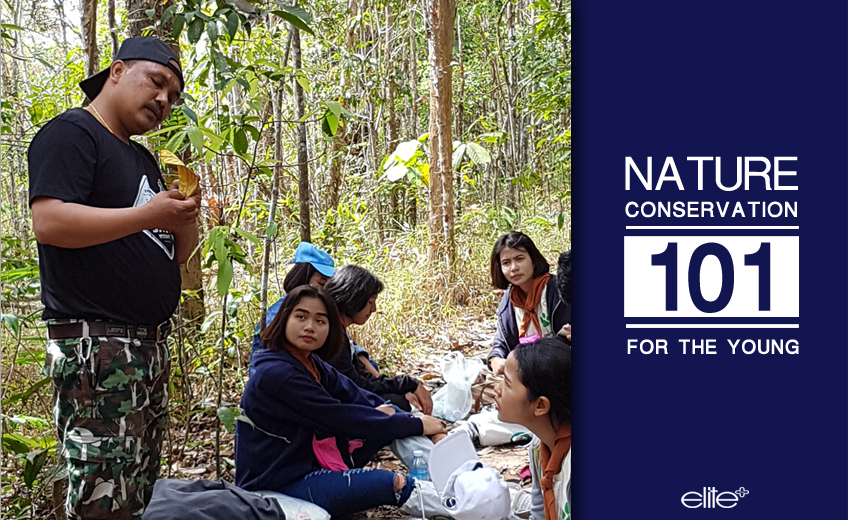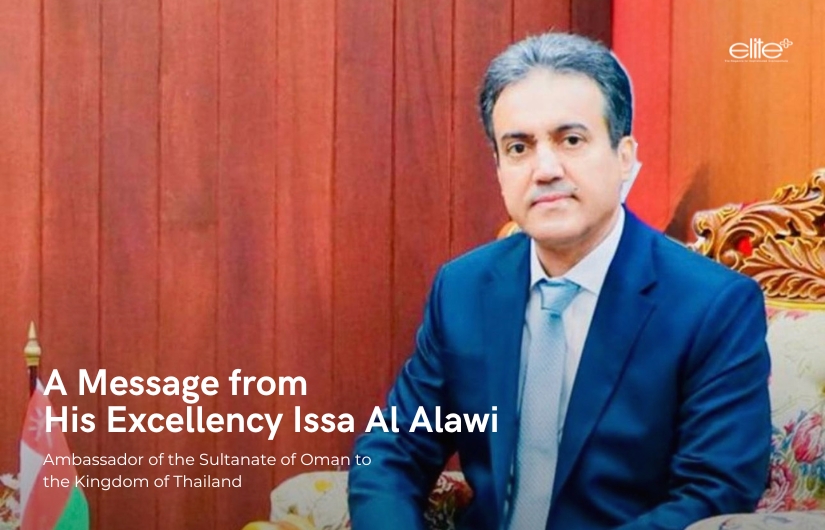The many dangers posed by climate change, air and water pollution, deforestation and the greatest mass extinction of species since the age of the dinosaur, have brought our natural world to a decisive tipping point. If this generation cannot help to reverse some of these negative effects, the future of the planet is in peril.
That’s why educating the young about these issues is so important. In this spirit, the Protecting Wildlife Youth Camp held recently at KhaoYai National Park brought more than 60 secondary students from Surin province to the UNESCO World Heritage Site. Over the course of three days, park rangers, local authorities and a number of NGOs from Thailand, Laos and Cambodia, schooled the youth in some subjects that are not on any high school curriculum, but crucial to our survival: Nature Appreciation and Wildlife Conservation 101.
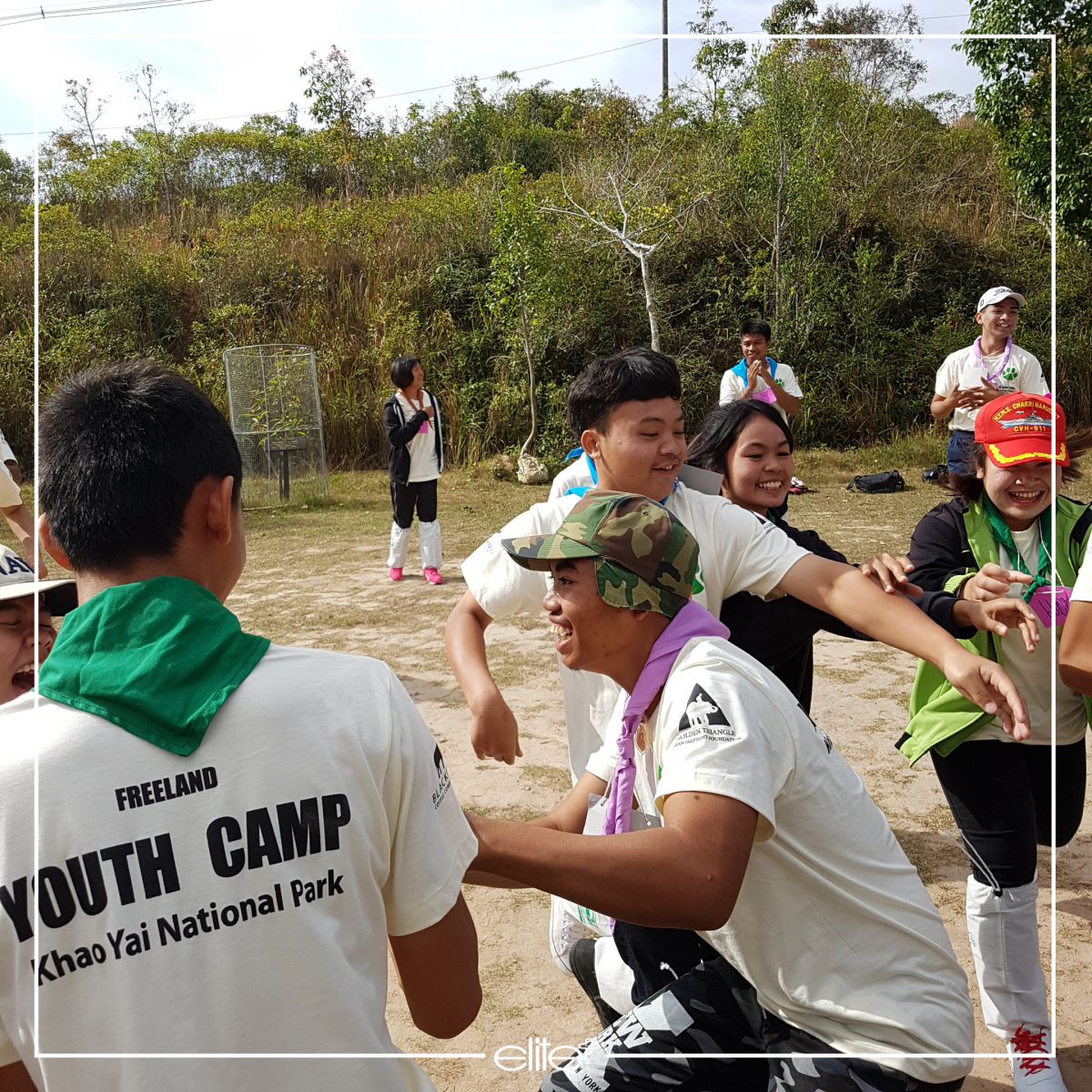
The activities at the youth camp, organized by the Department of National Parks, and Wildlife and Plant Conservation (DNP), worked on multiple levels. The presentations and talks gave the students some background, hard science and down-to-earth facts in the main issues. The live songs and games led by camp instructors provided the entertainment. And the treks presented the students with a chance to really immerse themselves in the great outdoors.
Led by park rangers, these outings strove to instill a love of nature in the youngsters. The early morning bird-watching tours afforded them glimpses of KhaoYai’s rich avian life (from various species of hornbill to Asian fairy bluebirds and Thailand’s national bird, the Siamese Fireback). The treks taught them how to appreciate nature’s balancing act, with rangers dispensing wisdom on the importance of watersheds and trees serving as carbon sinks, just as the night safaris alerted them to the presence of nocturnal creatures such as bats, one of the forest’s most important pollinators, as well as porcupines and those big cats which loom so large in the human imagination yet are so rarely seen.
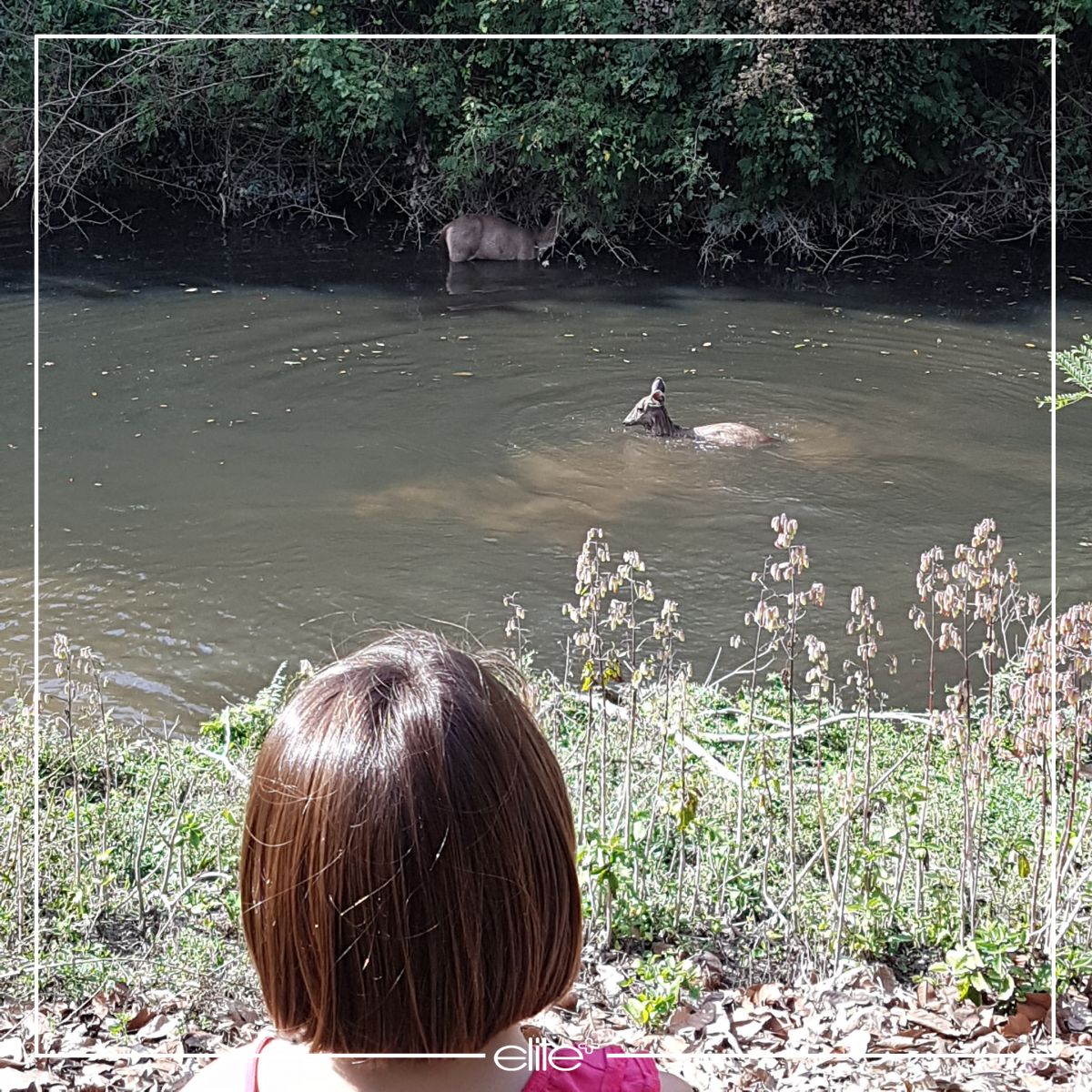
Whenever possible the rangers made these outings into hands-on experiences. One of them picked a branch from a cinnamon tree to let the students peel the bark and smell the spice. He then discussed its medicinal uses. The ranger also alerted the students to the paw prints of a sun bear which had scaled a tree in search of honey, and a skinny yet deadly pit viper camouflaged by leaves.
In the main hall, NapalaiGogkhuntod, a Forestry Technical Officer for the DNP, presented a power-point about elephant ecology, which had special significance for theseteens, wholive in Ban Ta Klang. The town is famous for having more domestic elephants – some 200 or so – than any other village in Thailand. Around half of the students’ parents aremahouts. Many of the youngsters will follow in their parents’ footsteps and become the next generation of elephant handlers who are also bound to inherit some jumbo problems. As deforestation robs the kingdom’s national animal of the room it needs to roam and forage, clashes between villagers and elephants have become increasingly frequent and occasionally deadly, just as elephant tourism has become a cause of controversy and outrage among many conservationists and travelers.
Sade Ojoula from Oakland, California, who teaches the students English under a program supported by the Golden Triangle Asian Elephant Foundation, which also cosponsored the camp along with Black Ivory Coffee, said, “The foundation is concerned about showing the youth of this village more responsible ways of dealing with elephants. Most of them have never seen a wild elephant before and until now were not aware of such big issues as the domestic trade in elephant ivory, which is still found on sale throughout the village.”
The camp also attracted wildlife educators from others NGOs in Southeast Asia, like Free the Bears, which works in Cambodia and Laos, as well as members of the Kouprey Express (KE), an educational outreach unit attached to Wildlife Alliance in Cambodia. For many years, the KE has traversed the country’s hinterlands providing classes, screening films and doing night shows about wildlife conservation in villages that frequently lack electricity and running water.
For SengalounVongsay, a Lao Education Officer working with Free the Bears, it was fascinating to observe how the different games for students played out at the Protecting Wildlife Youth Camp. In one such role-play game, the instructors blindfolded the students before they walked through the forest holding onto a rope, and faced many different obstacles, to make them identify with an orphaned deer whose parents had been poached.
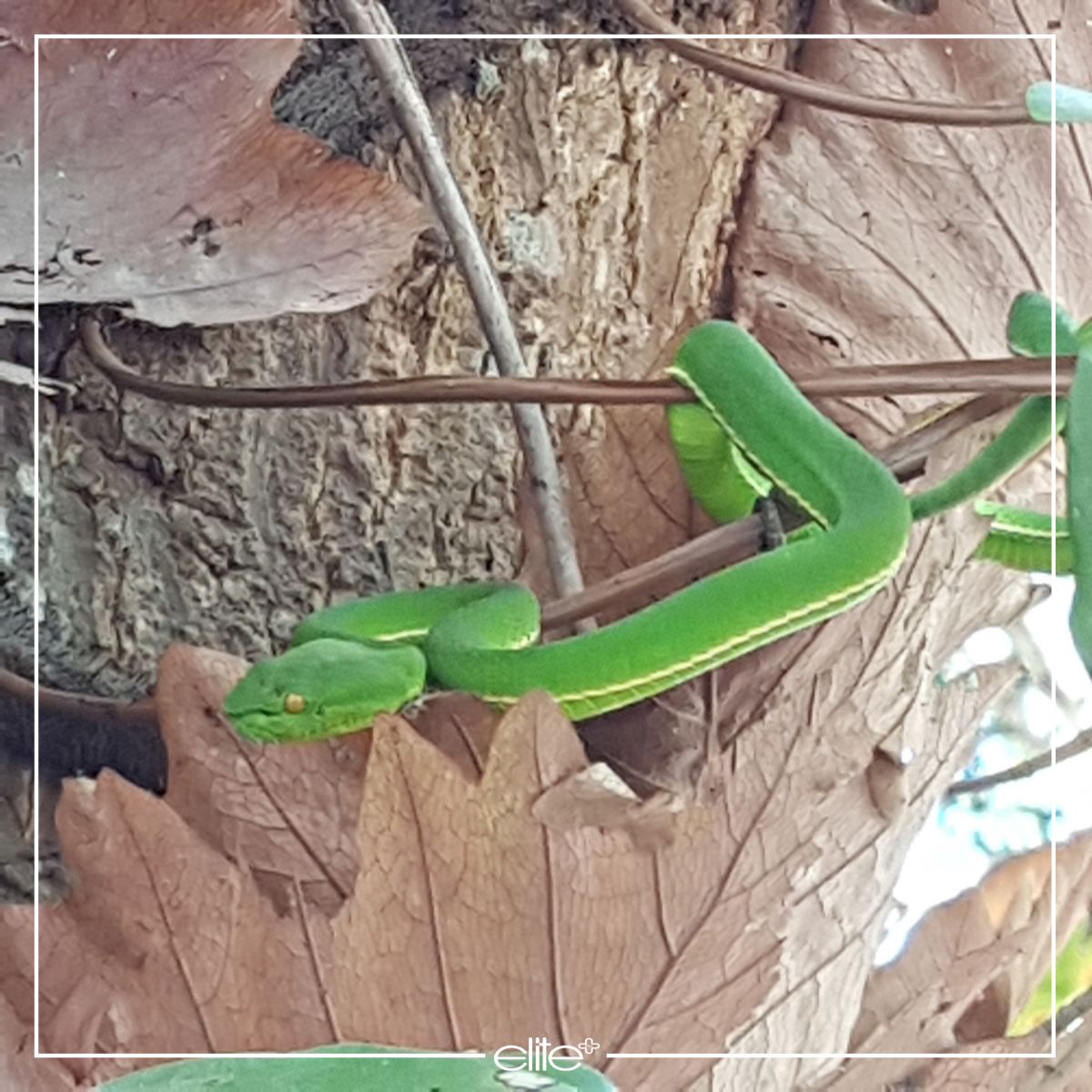
Such games are not child’s play. They are intended to build empathy with the creatures of the wild that will inspire the young to better protect them and their natural habitats in the future. By seeing how the students reacted to the various activities, and by comparing notes with their peers, the educators from Laos, Thailand, Cambodia and California learned a lot from each other that will benefit their future classes and workshops.
Tim Redford, a Program Director at Freeland, is a counter-trafficking NGO based in Bangkok, which also helped to organize the camp, praised the ad-hoc alliance as they prepare toput together more such camps later this year and into 2018, saying, “This is how conservation should work, with different government agencies, NGOs, students, teachers and the private sector coming together – all for the greater good.”


